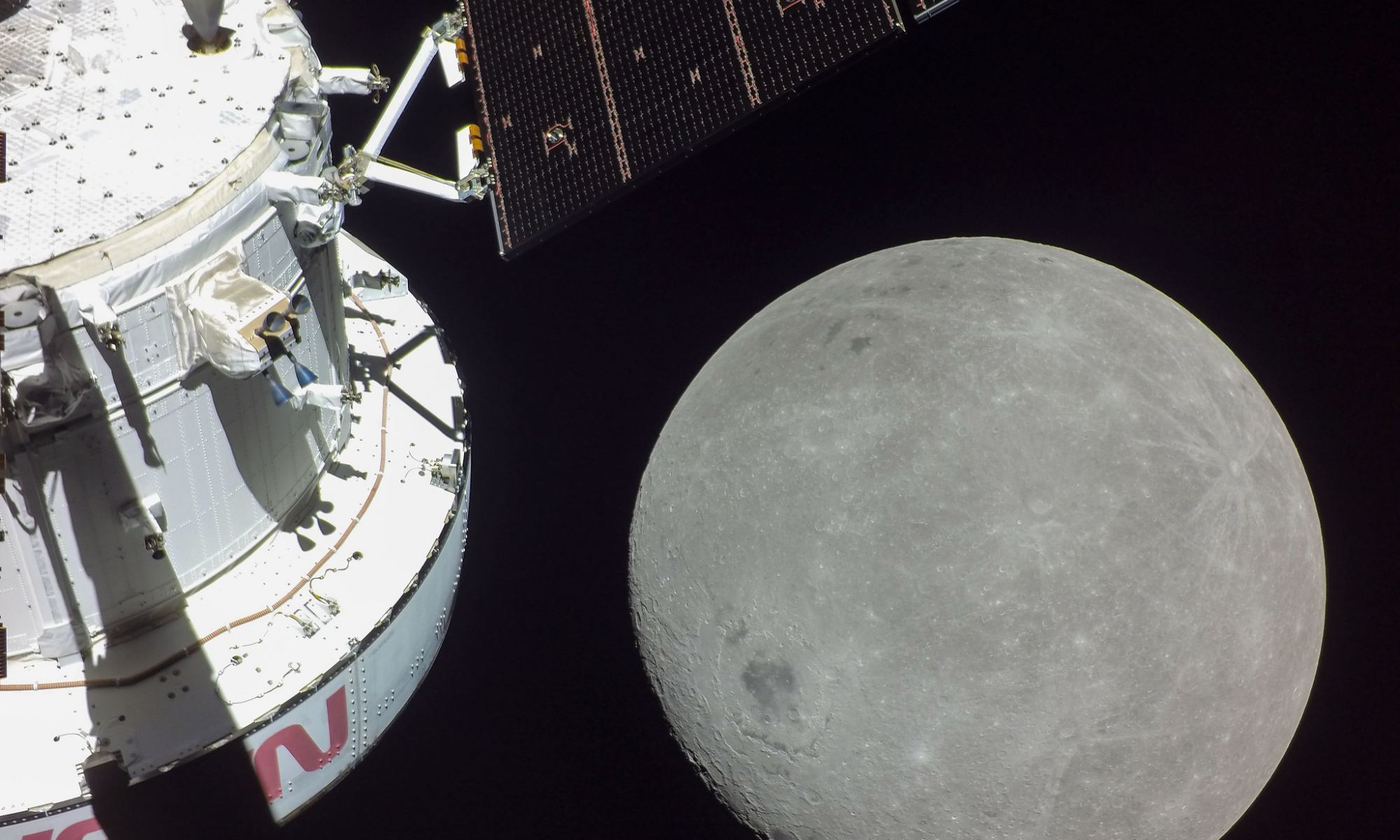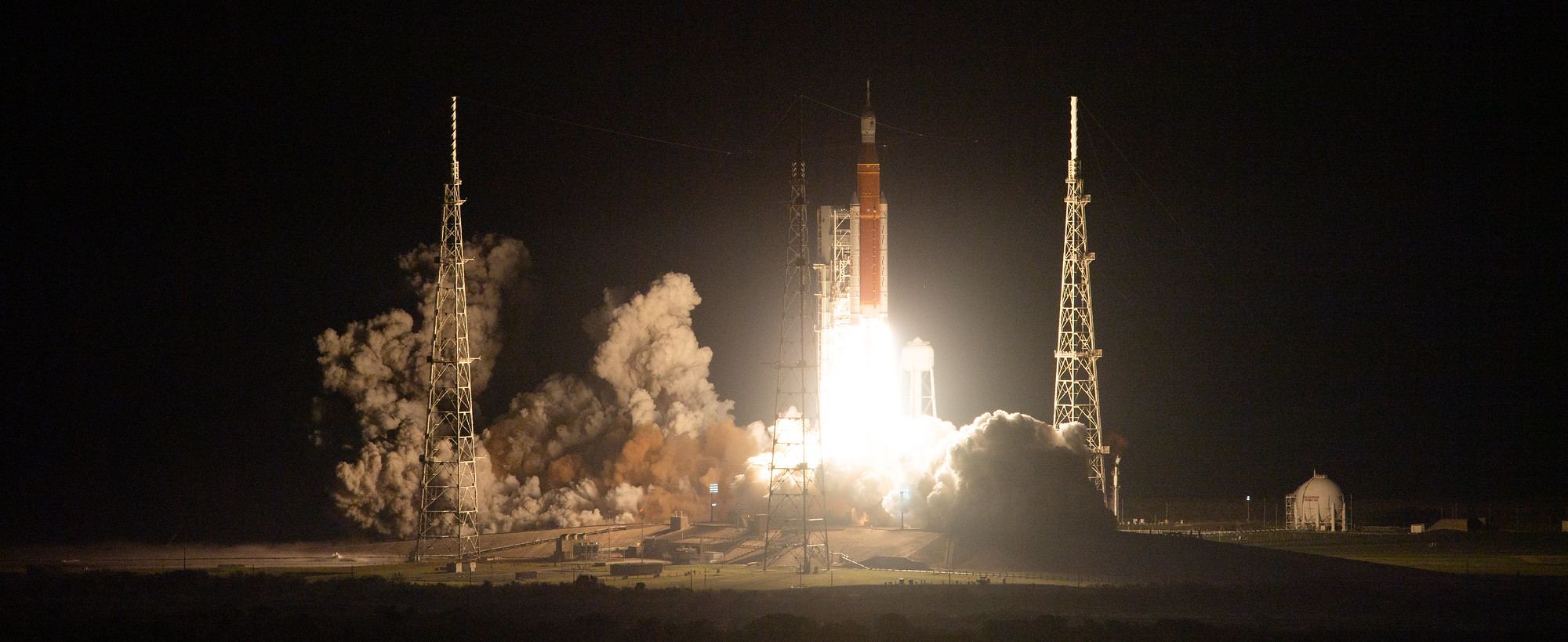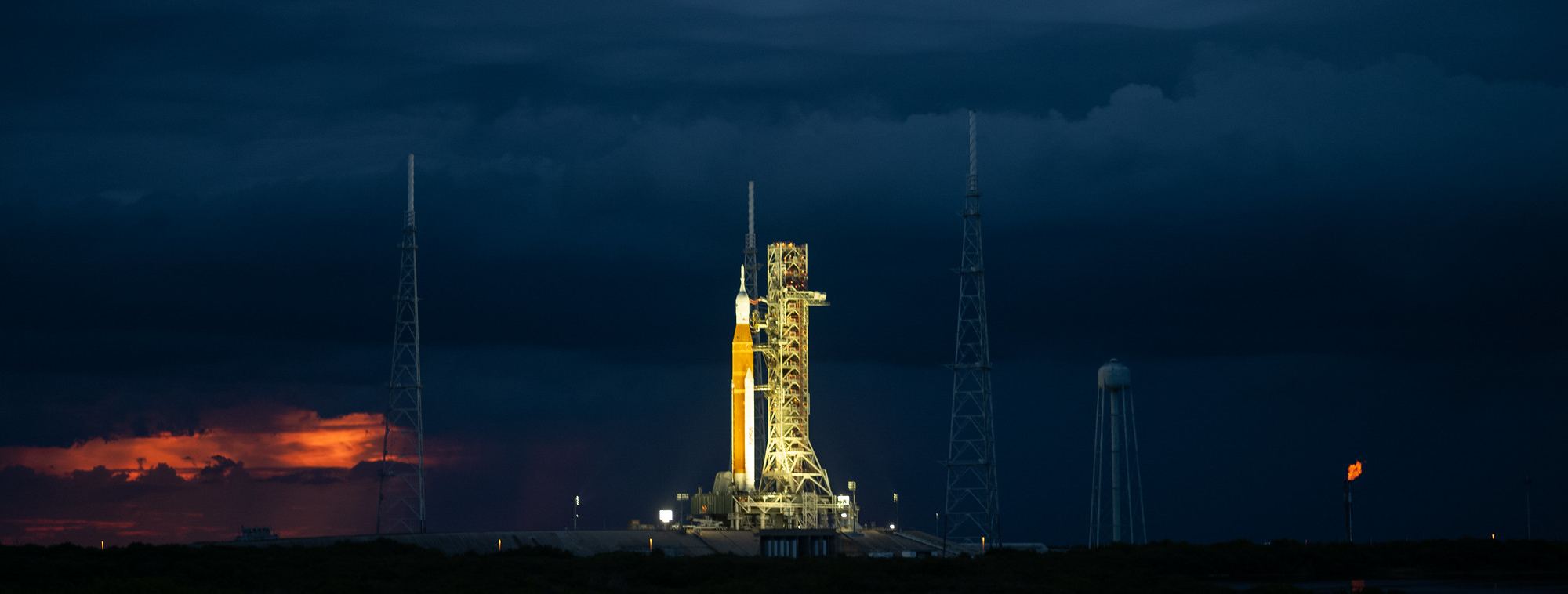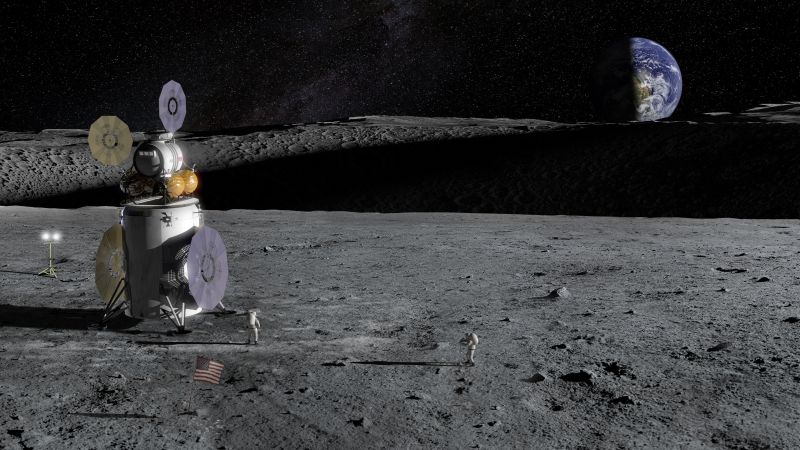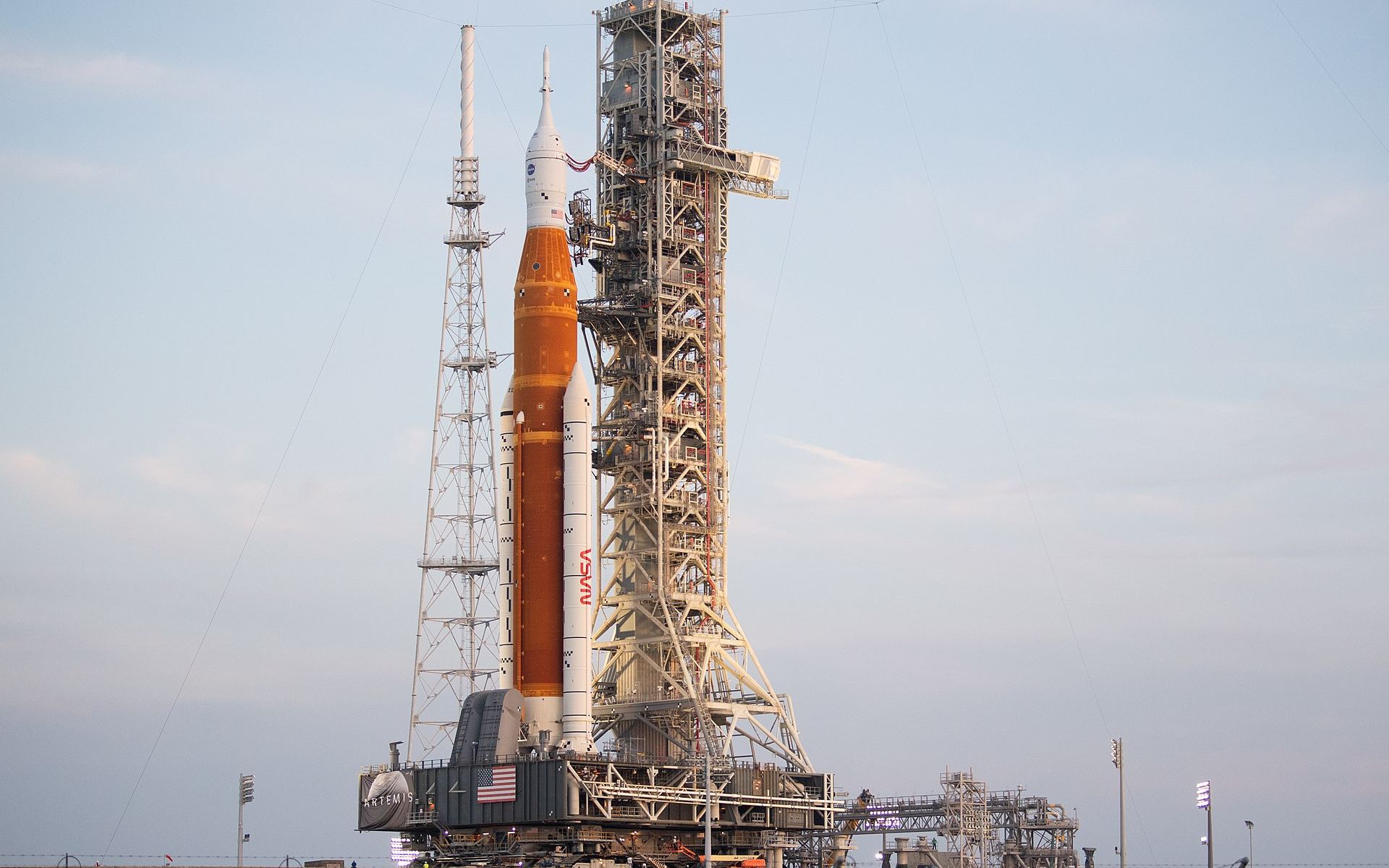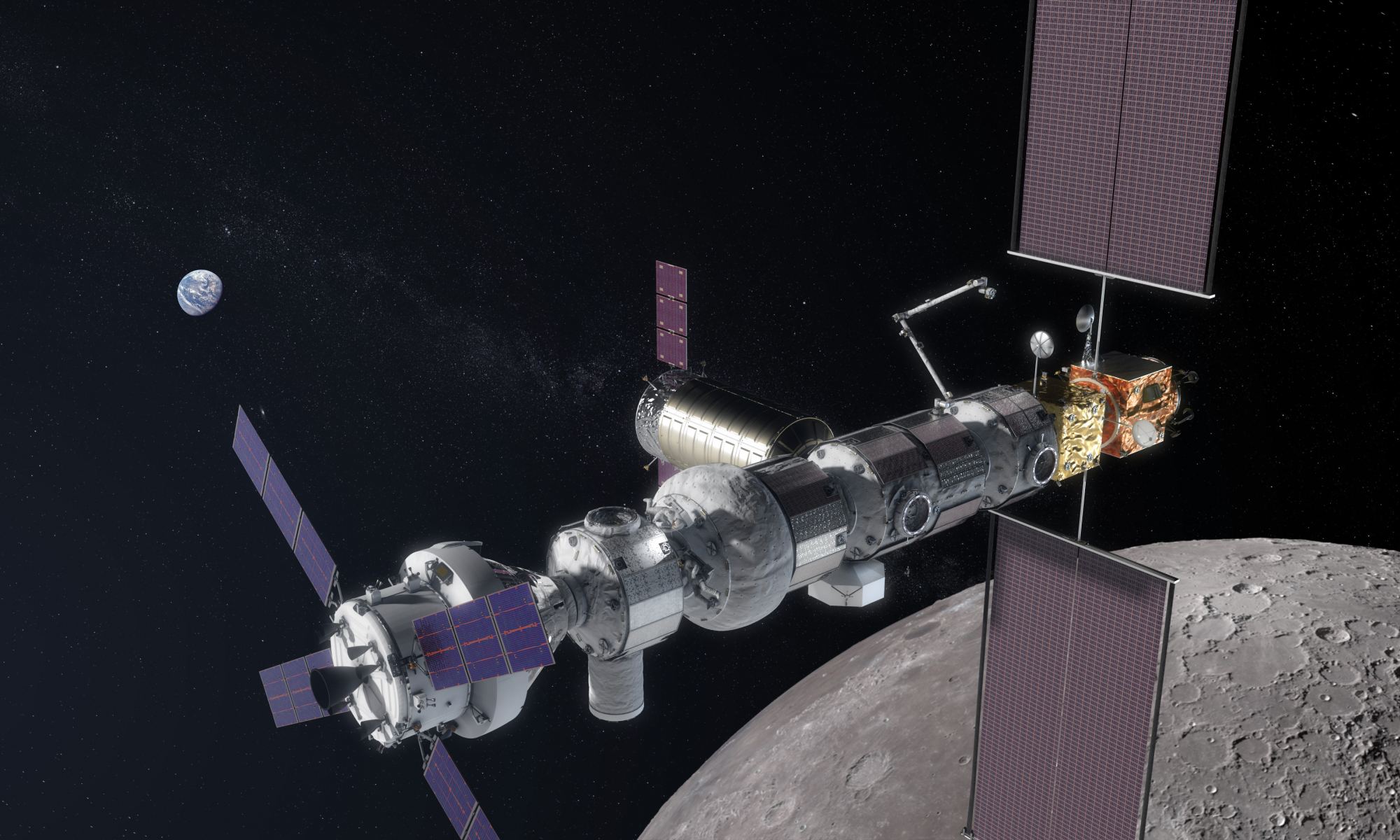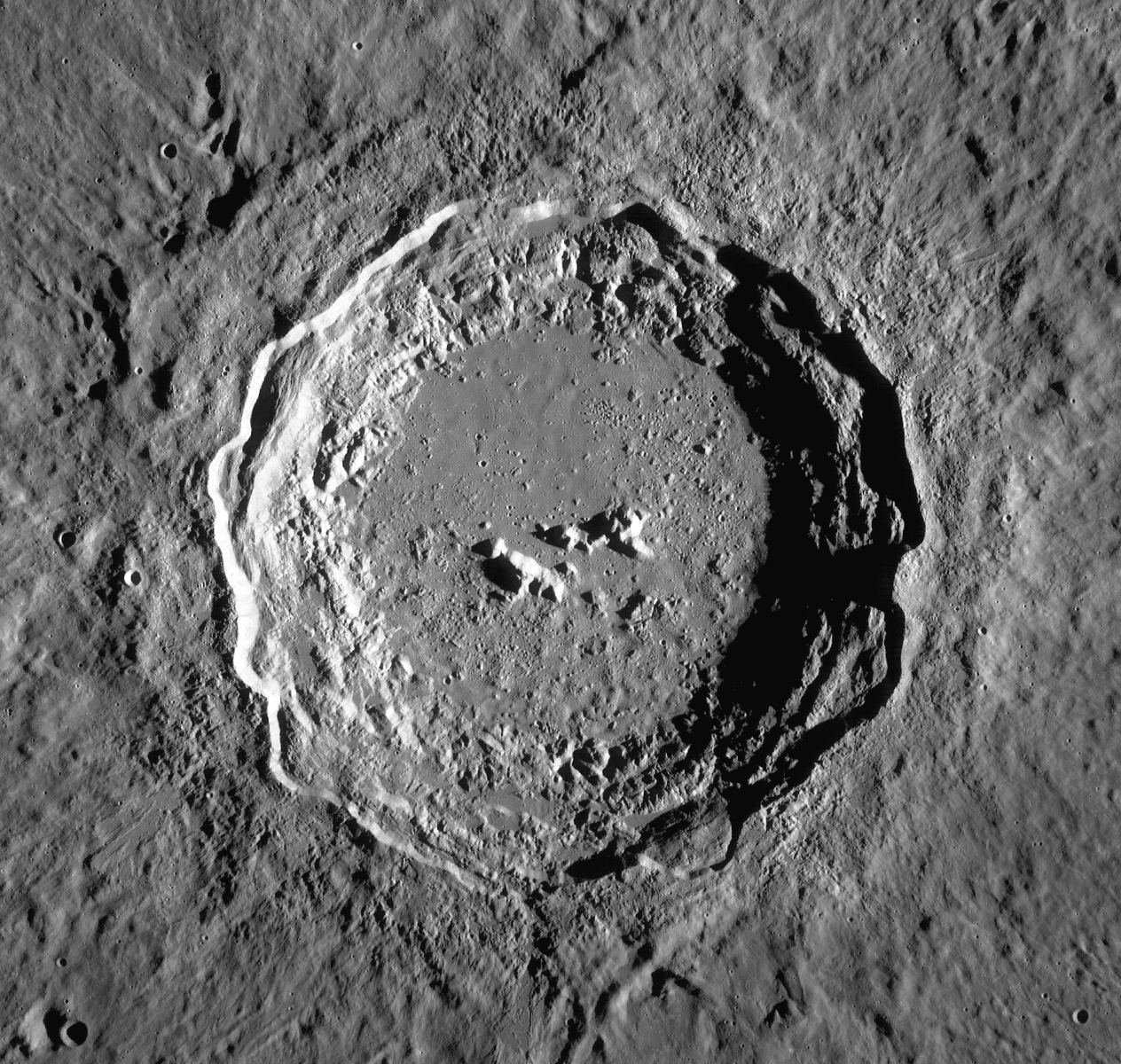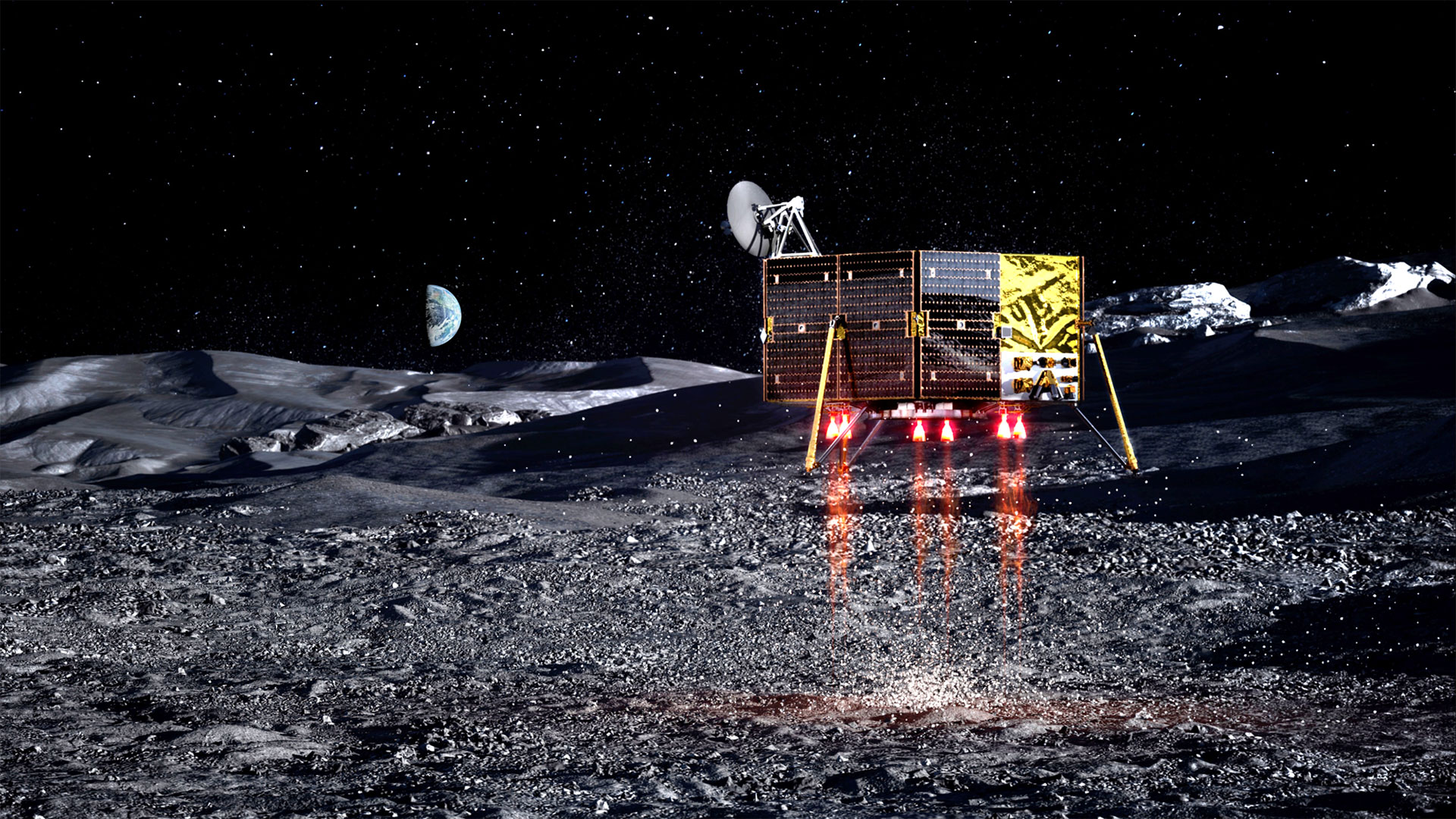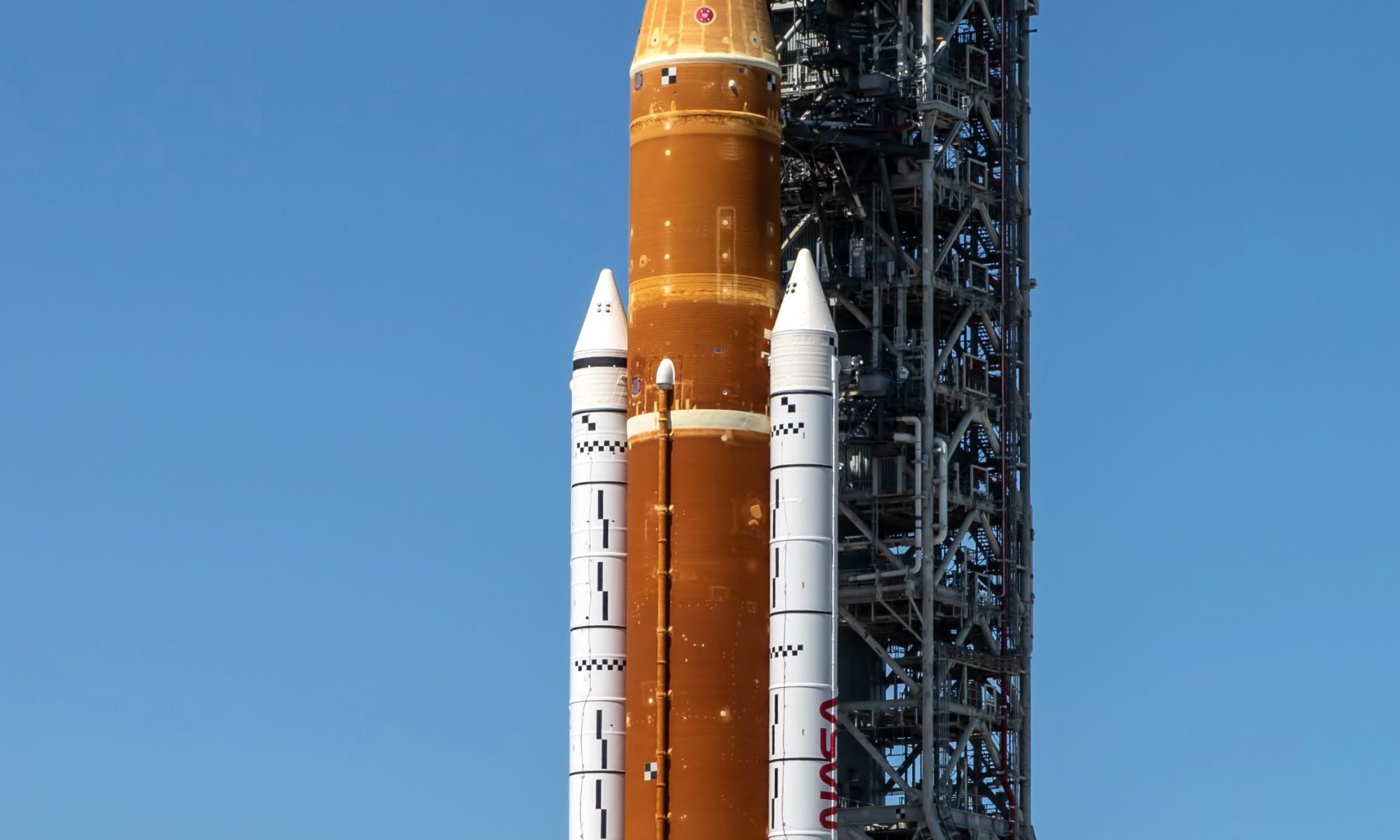The Orion spacecraft made its first close flyby of the Moon on Monday, November 21, coming as close as 81 statute miles (130 km) from the lunar surface. As the Artemis 1 mission’s uncrewed spacecraft flew past the far side of the Moon, Orion’s orbital maneuvering system engine fired for 2 minutes and 30 seconds to successfully put the capsule into the desired orbit for the mission, called a distant retrograde orbit around the Moon.
“This burn is setting Orion up to orbit the Moon, and is largest propulsive event so far, as Artemis is hunting the Moon,” said Mike Sarafin, Artemis Mission Manager at a briefing on Monday.
Continue reading “Artemis I has Completed its First Flyby of the Moon”
